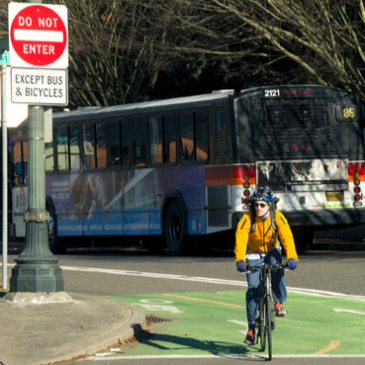Air quality
Introductory training course on the Low Emissions Analysis Platform (LEAP) modelling tool for energy, environmental, and economic analysis
These eight LEAP training lectures provide a detailed introduction to LEAP, the Low Emissions Analysis Platform. They were delivered in 2021 as part of a series of webinars organized by SEI, with support from the Swedish International Development Cooperation agency (Sida).
The SDC’s Engagement for Clean Air for All
The SDC supports partners around the world in tackling climate change and in improving air quality while reducing poverty, improving health and protecting the environment.
Evidence-based Decisions to Improve Air Quality in Cúcuta, Colombia
Explore the evidence and scientific findings for the Air Quality Management Plan of the city of Cúcuta, Colombia.
Climate Risk and Vulnerability: A Handbook for Southern Africa (2nd Edition)
An updated version of the popular handbook outlining projected climate change, sectoral impacts and responses (adaptation, disaster risk reduction, and accessing climate finance) in southern Africa
Webinar: Urban Health Initiative – engaging the health sector to realize climate and health benefits
This webinar introduces the Urban Health Initiative, which aims to reduce deaths and diseases associated with short-lived climate pollutants (SLCPs) and other air pollutants at the city level.
Brick Kilns in Nepal: Building Back Better After the 2015 Earthquake
After the earthquake of 2015 ninety-five percent of brick kilns, a major source of air pollution, in Kathmandu needed repair. This article describes how these kilns were 'built back better'.
LEDS in Practice: Create jobs by reducing greenhouse gas emissions from urban transport
This paper shares two case studies from cities that have generated employment by implementing low carbon transport projects.
LEDS in Practice: Save money and time by reducing greenhouse gas emissions from urban transport
This paper shares two case studies on shifting people out of private vehicles and realizing the benefits of saving money and time, and reducing emissions by using their private vehicles less often.








